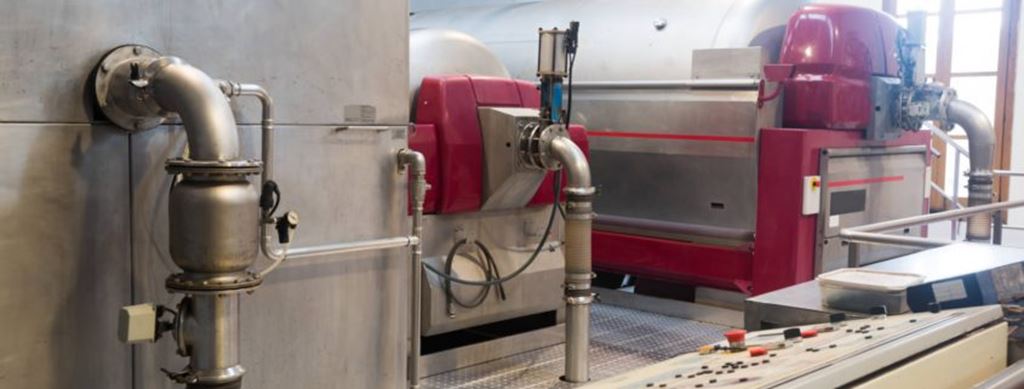Volatility was crunched again overnight as the Fed released several doves to comfort the ailing bond market. I’ve put a full synopsis below courtesy of TradeTheNews.com but in brief the message was that the market has totally overreacted, policy is still data dependant and no significant shift has occurred. Rate hikes are a long way off and seen in 2015, not 2014 as the market had been eyeing.
Equities, that all look cheap compared to last month were snapped up in Europe and the US again with the Eurostoxx rising 0.66% and the S&P climbing 0.62%. Treasuries ground higher with the unwind in shorts only briefly tempered by more positive data in the form of personal incomes (+0.5% vs survey +0.2%), jobless claims down 9k to 346k and pending home sales surging 6.7% MoM. Yields on the 10yr fell 6.3bps to 2.47%.
Gold slumped another $27 or 2.2% to $1200 while oil in NY rose $1.20 or 1.25% to $96.77, copper flat.
(US) Fed’s Powell (FOMC neutral voter): Market expectations for a 2014 rate increase are out of line with the Fed’s view, it is most likely that asset purchases will continue for some time- Data is more important than dates in QE. Economy is a long way from full employment. Still a strong case for continued policy support from the Fed. strong. – There are good reasons to believe that the economy will continue to gain strength. Have seen real progress in the labor market. – Economic growth would be even better if not for fiscal drag. Tighter fiscal policy could be holding back job growth. – Surprised by how robust consumer spending has remained despite the fiscal drag. – Low inflation rate partly reflects transitory factors. – There is only mixed evidence that QE3 is still effective, but on the balance it is likely still a positive factor. – Follow up Q&A: – Chairman Bernanke signaled only a very small change in policy last week. Bernanke said explicitly that rate policy has not changed. >- If we do not realize our economic expectations, Fed will not reduce QE purchases. – rates will be low for a long time, rate hikes are well down the road. Expect a significant interval between end of QE3 (LSAP) and consideration of rate hikes. – Even if we let assets roll off the Fed balance sheet, they will roll off at a fairly quick pace. – Will not even think about rates until unemployment hits the 6.5% threshold. >- Considering the fiscal and other headwinds, Q1 GDP growth was not that bad. Q1 GDP is old data and we have seen significant improvement since then. – Not the Fed’s role to tell markets what to do or think; market volatility after Bernanke’s comments were not a surprise, but may have been a bigger reaction than expected.
Believe Bernanke was clear in his press conference, and the press conference is an appropriate forum for providing more clarity on policy.
When we get “closer to port” we can provide better guidance. – Believe the absence of Glass-Stegall regulations was only a small contributing factor to the financial crisis.- SourceTradeTheNews.com
(US) Fed Dudley (dove, voter): do take into account financial conditions but economic news supersedes market rates – Q&A- Believes Chairman Bernanke was very clear when stating outlook for policy, nothing he said should have surprised financial markets. – Baseline economic forecast could be wrong, we are not infallible. – No evidence that lower QE purchase pace would impact rates. – Fundamentals of housing market are very strong. – Inflation target is symmetric, do not want to miss on either side. Inflation expectations remains well anchored. – Higher rates are not likely to be a problem for banks.- SourceTradeTheNews.com
(US) Fed’s Lockhart (dove, FOMC non-voter): Chairman Bernanke’s comments on bond buying did not represent a very big shift in policy; the pace of bond buying depends entirely on the economy- There is no predetermined pace of reductions in the asset purchases, the stopping point is not fixed. – If inflation expectations soften, Fed would have to re-evaluate the appropriateness of policy. – Expect jobs growth trend from the last 12 months to continue. – Interest rate increases are likely to come sometime in 2015. – Reiterates if current job growth trend continues and labor force participation rate stays stable, unemployment should hit 7% by mid-2014. – Sees 2013 GDP growth of +2.0-2.5%- SourceTradeTheNews.com
Elsewhere the White House revealed that there was no front runner in the decision to replace Ben Bernanke, Yellen is often mentioned but others potentially under consideration include Larry Summers and Tim Geithner.
European leaders announced the first draft of their banking union scheme that will allow the use of the ESM, the legislation will not go through for some time but leaders are touting it as a vital step towards a more stable Euro Zone.
Revisions to the national accounts in the UK showed that in fact, the country never even entered a double dip recession let alone the triple dip that some were touting earlier this year. Sadly the historical revisions did little to help the pound, which fell another 50pts to 1.5256 last.






